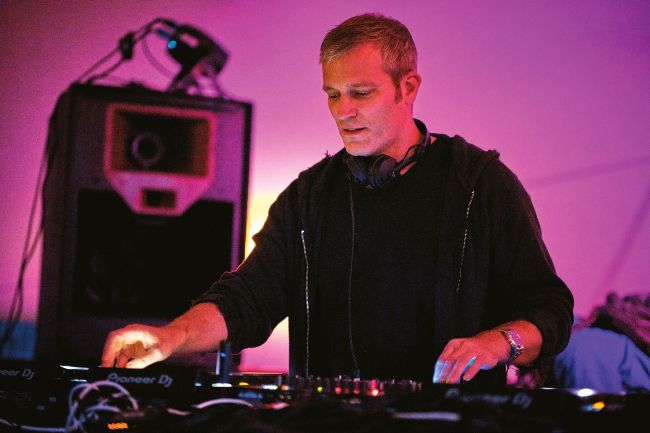cover feature
Developing your techno track

Ben Klock has long been at the front and centre of the techno scene in Berlin
Erik Valestrand/Redferns
Techno productions can draw listeners in by including dynamic changes and creating a particular sonic environment. On an aux/return track, you can use your favourite reverb to set the tone for the sound. A few good reverb choices are Lexicon 224, FabFilter Pro-R or KSHMR Reverb. With techno that’s made for mid-sized clubs, try a small hall and for big room techno, use a large hall, like a warehouse or cathedral. Send the hi-hats, shaker, claps and other percussion to the reverb via the sends in your DAW.
Modern techno often includes a rolling bassline. To create the sound, load up your favourite bass synth, like Serum or Sylenth1. Saw or square waves with a fast attack or a fast filter envelope work well. Program a simple MIDI bassline in a 16th-note pattern and leave the first note of every beat as a rest to prevent it from clashing with the kick. To make the bassline stand out, try adding a bitcrusher. Rolling bass only needs to be audible in the midrange and an EQ or filter can be used to carve away the low end and top end. To ensure the rolling bass ducks out of the way of the kick, side chain it to the kick drum or use a volume ducker like Kickstart 2 for the sidechain.